Germany Buying Arrow 3 Missile Defense System Is Israel’s Biggest Weapons Deal Ever
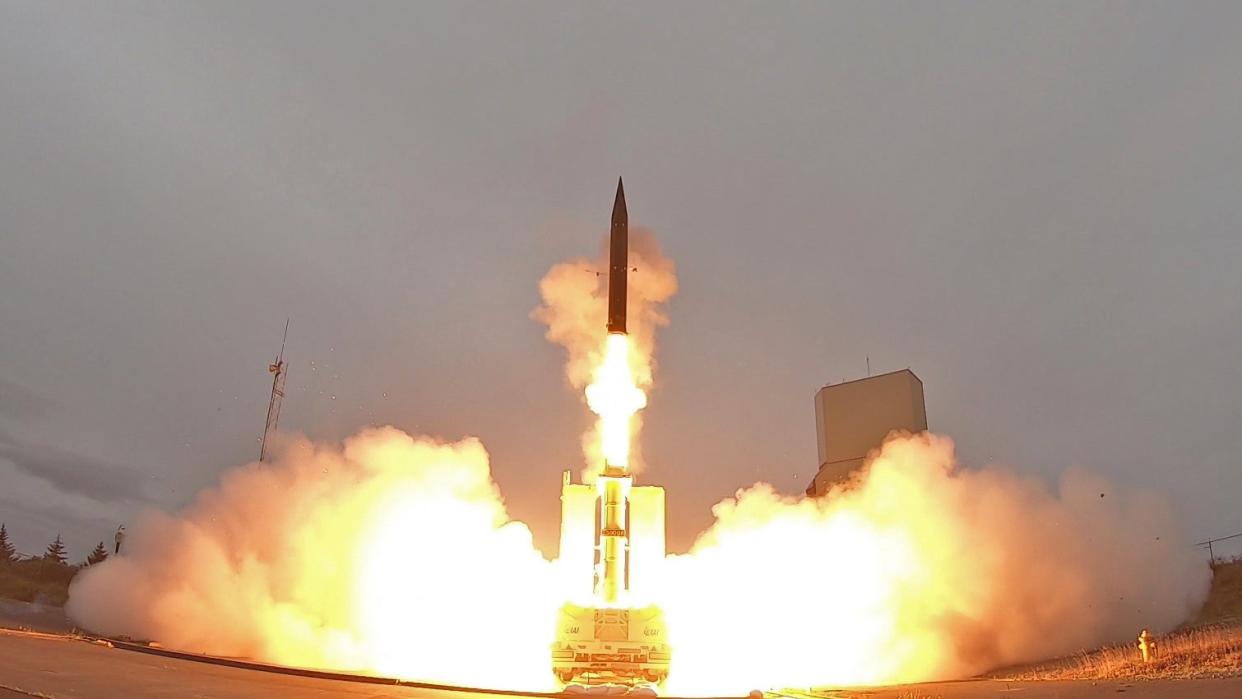
The U.S. government has approved a $3.5-billion German purchase of Israeli-made Arrow 3 missile defense systems. The move paves the way for the defense ministries of Germany and Israel, together with manufacturer Israel Aerospace Industries (IAI), to close what is said to be Israel’s largest-ever defense deal. As well as the first export sale of the Arrow 3, the deal will bring a unique kind of anti-ballistic missile capability to Western Europe, as militaries in that region increasingly look at increasing their resilience to potential ballistic missile attacks from Russia.
In a tweet this morning, the Israeli Ministry of Defense announced U.S. approval of what it described as a “historic procurement.”
https://twitter.com/Israel_MOD/status/1692034580868399536?s=20
Meanwhile, the German Ministry of Defense tweeted that “The system is designed to protect the skies above Germany and all of Europe. In addition, integration into the protective shield of NATO is sought.” This is a clear reference to the European Sky Shield Initiative, or ESSI, a German-led effort designed to create a European air and missile defense system — something you can read more about here.
https://twitter.com/BMVg_Bundeswehr/status/1692168541209067919?s=20
“The U.S. government’s approval of the delivery of the Arrow 3 missile defense system is an expression of confidence in the excellent capabilities of Israel’s defense industries,” said Israeli Minister of Defense Yoav Gallant in a statement. “This is a significant decision, which will contribute to Israel’s force buildup and economy. It is also particularly meaningful to every Jewish person, that Germany is acquiring Israeli defense capabilities.”
The U.S. government’s green light for the acquisition was required because the Arrow was jointly developed by the United States and Israel. Prime contractor IAI, together with Boeing, has been developing the Arrow 3 since 2008 with considerable financial and other support coming from the U.S. government. That support has also extended to development and test work, including live-fire trials in Alaska. The Arrow 3 entered operational service with Israeli in January 2017 and the system shot down a Syrian surface-to-air missile some three months later.
https://www.youtube.com/watch?v=cUQ4UlvSHzo
There had initially been speculation that Washington might block the German deal, instead pushing for Berlin to buy the U.S.-made Terminal High Altitude Area Defense (THAAD) air defense system, although this doesn’t offer the same level of capabilities.
Reports that Germany had chosen the Arrow 3 as part of a major overhaul of its armed forces emerged in September 2022, as we reported at the time.
During a visit to Berlin that same month, Israeli Prime Minister Yair Lapid confirmed that Germany was in talks to buy the Arrow 3, but there was no mention made of how many systems might be acquired or the costs involved. Back then, media reports described a potential price tag of around $2 billion, which falls some way short of the $3.5-billion price tag now attached, although we still don’t know how many systems might be bought, or what ancillary systems — including surveillance targeting radar — will also be included.
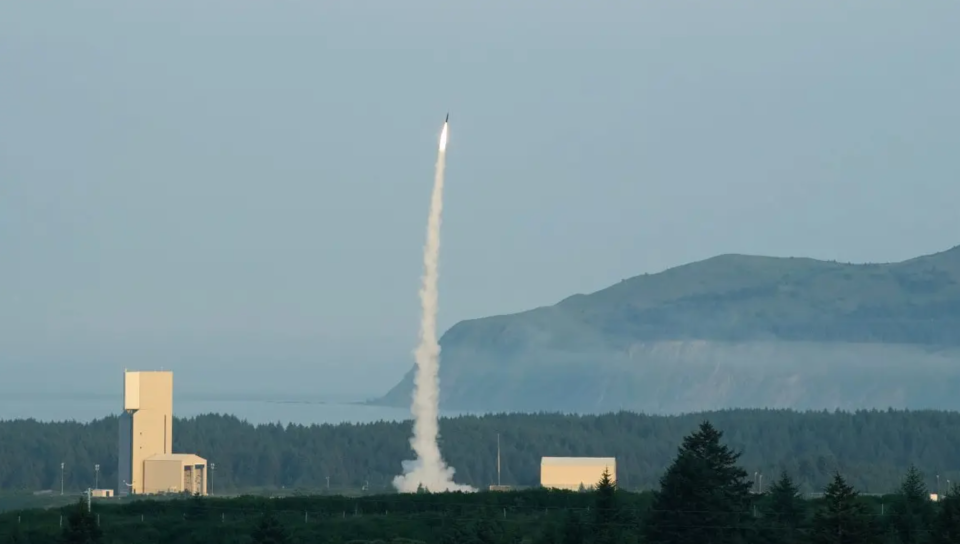
Driven to a considerable degree by Russia’s invasion of Ukraine this year, Berlin had sought to fast-track the acquisition. In June this year, an Israeli official confirmed that the German parliament’s budget committee had already approved an initial $610 million to start procuring the weapon system.
According to the Israeli Ministry of Defense, as reported by Breaking Defense, the contract is expected to be signed by November. The German Arrow 3 is furthermore anticipated to achieve initial operational capability by 2025, before becoming fully operational by 2030.
The deal also signifies increasingly close military relations between Germany and Israel. This includes significant defense sales going in the other direction, with the flagship German arms transfer involving the highly advanced Dolphin II class attack submarines. These are the most expensive single assets operated by the Israel Defense Forces (IDF) and the latest example, the unique INS Drakon, recently broke cover at its manufacturing site in Germany.
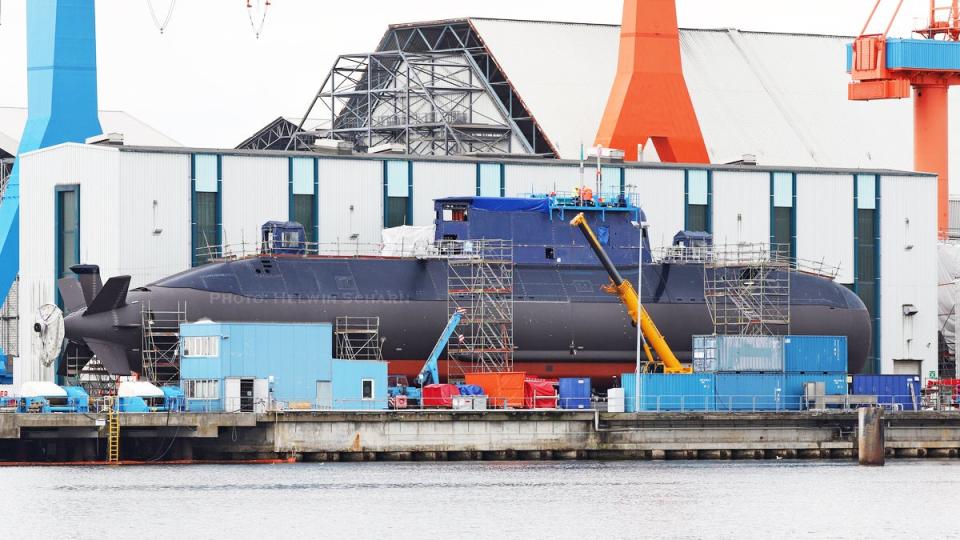
The War Zone has previously looked in detail at how the Arrow 3 system works, and you can read more about its capabilities here.
Most importantly, the system was developed to fill the uppermost tier in Israel’s ballistic missile defense and general air defense shield. The Arrow 3’s interceptor component carries a kinetic kill vehicle outside of the Earth’s atmosphere (exo-atmospheric), where it physically slams into the target, destroying it in its mid-course flight phase.
https://www.youtube.com/watch?v=0hdMJZ6RQNY
In this way, the Arrow 3 is optimized to defeat ballistic missiles flying at very high altitudes and at extremely high speeds. An exo-atmospheric interceptor like the Arrow 3 is especially well suited to tackling long-range ballistic missiles, which may well be carrying nuclear warheads. Destroying missiles like this outside of the atmosphere provides an additional degree of safety. According to reports in the Israeli media, the Arrow 3 can intercept targets at a range of around 1,490 miles.
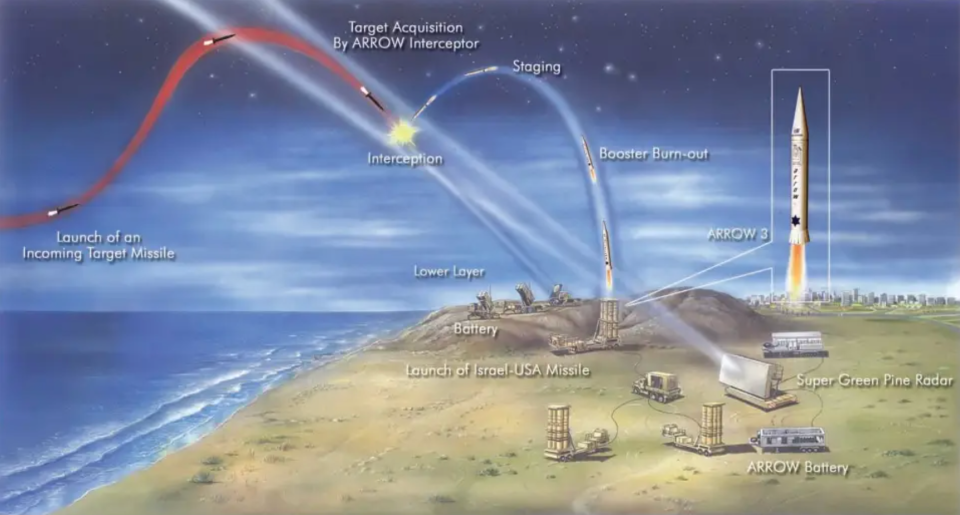
In a German and Western European context, there are numerous shorter-range ballistic missile systems which Arrow 3 could be used against. The system can potentially provide a defensive umbrella against limited ballistic missile attacks emanating from Russia. Here, considerable investment is being made in new generation strategic missiles. Among them is the Sarmat heavy ICBM which is expected to carry up to 10 multiple independently targetable re-entry vehicles (MIRVs). The Russian ICBM force is also fielding the mobile and silo-based RS-24 Yars, again fitted with multiple warheads.
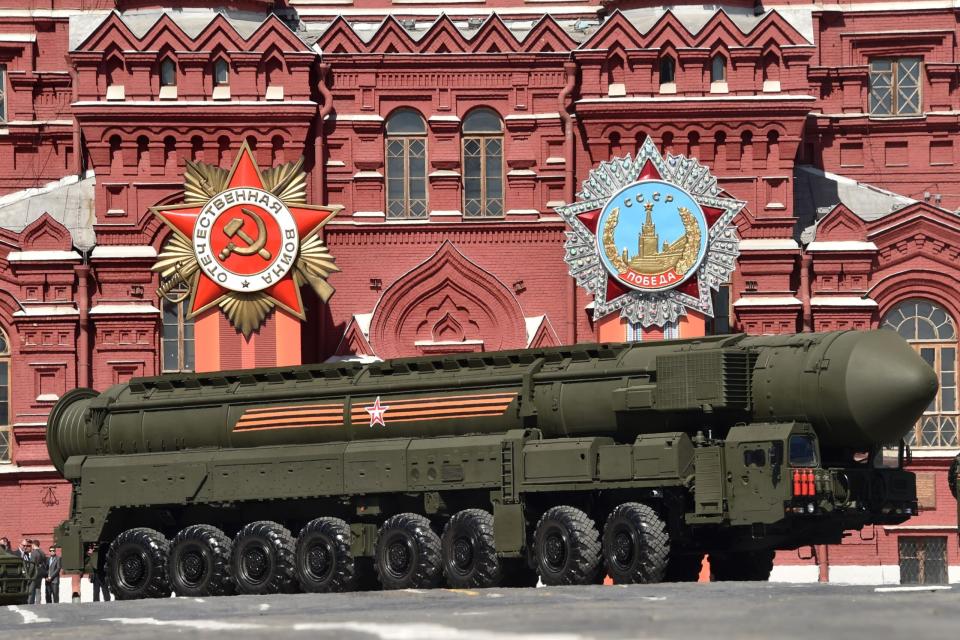
https://twitter.com/CSIS/status/848022863927844864?s=20
Clearly, the kinds of capabilities that the Arrow 3 offers have relevance to scenarios beyond the defense of Germany exclusively.
It’s for that reason that Berlin has suggested using the Israeli-supplied system as a cornerstone of the European Sky Shield Initiative (ESSI). This effort was formalized in October 2022, when defense ministers from 14 NATO countries and Finland (now also a NATO member) agreed to form a common air defense procurement and deployment alliance.
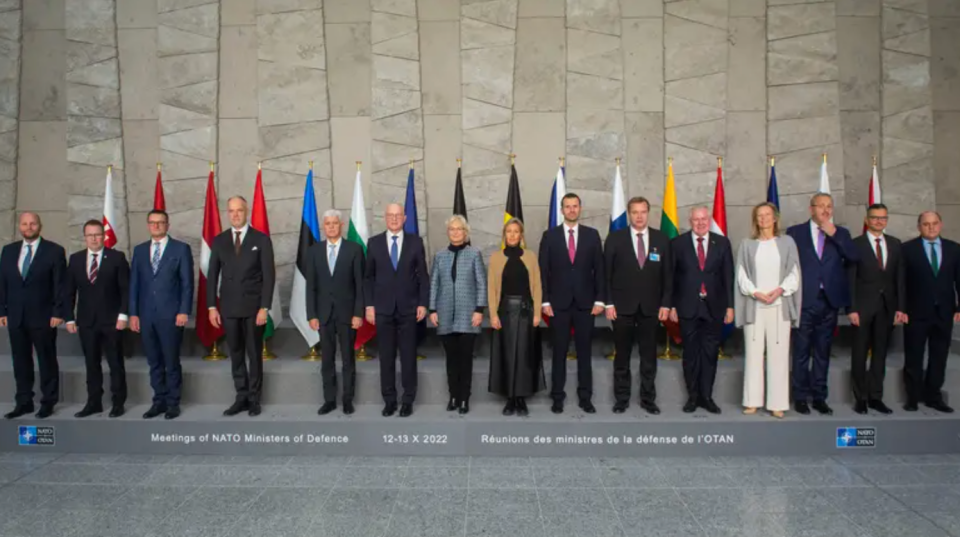
The effort calls for “the common acquisition of air defense equipment and missiles by European nations,” according to a NATO announcement at the time.
ESSI “aims to enable European allies to procure these much-needed capabilities better and faster, and to optimize their costs,” said NATO Deputy Secretary General Mircea Geoană said during a press briefing after the signing ceremony.
That suggests that the Arrow 3 could also benefit from follow-on orders from elsewhere in the alliance, or as part of a joint NATO purchase, as the ESSI network takes shape.
Last October, the-then German Minister of Defense Christine Lambrecht earmarked the Arrow 3 specifically as a solution for upper-tier threats as part of ESSI.
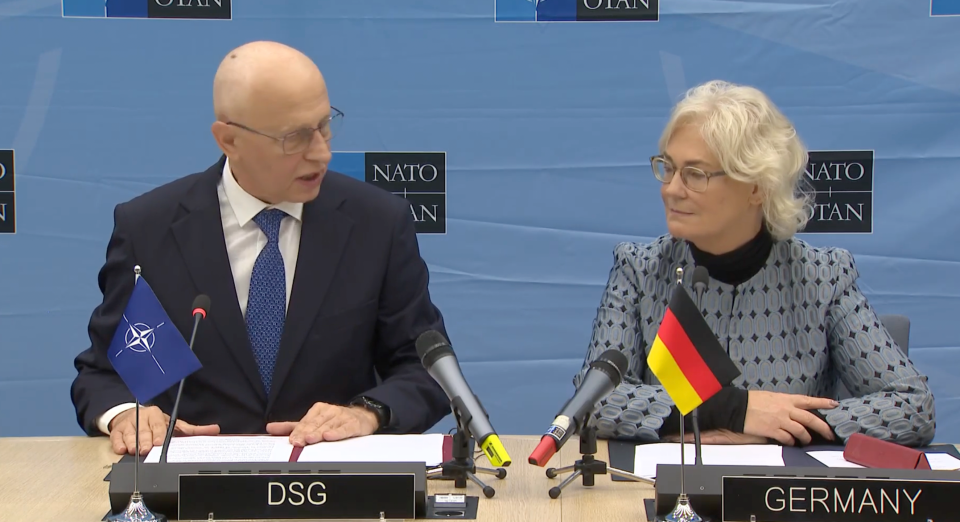
“We need to fill these gaps quickly, we are living in threatening, dangerous times,” Lambrecht said, according to Reuters. “No decision has been taken yet but I think it [Arrow 3] would be the right system … that it would be a very good system for the challenge in Europe,” she added.
With that in mind, Germany’s clearance to buy the Arrow 3 looks like it will mark the start of a more extensive overhaul of missile defenses in Europe. While the very high cost of the Arrow 3 might put it out of reach from all but the continent’s biggest economies, its capabilities are such that it could certainly contribute to a defensive umbrella over Germany’s neighbors and other allies in the region, too.
Contact the author: thomas@thedrive.com

